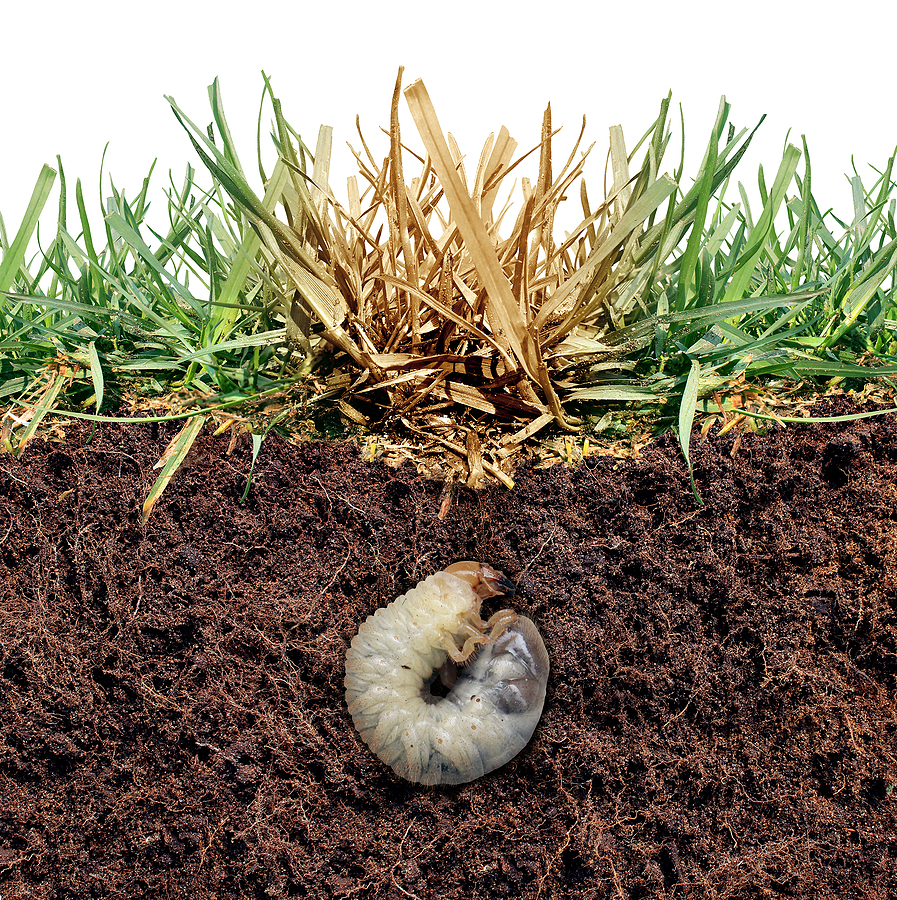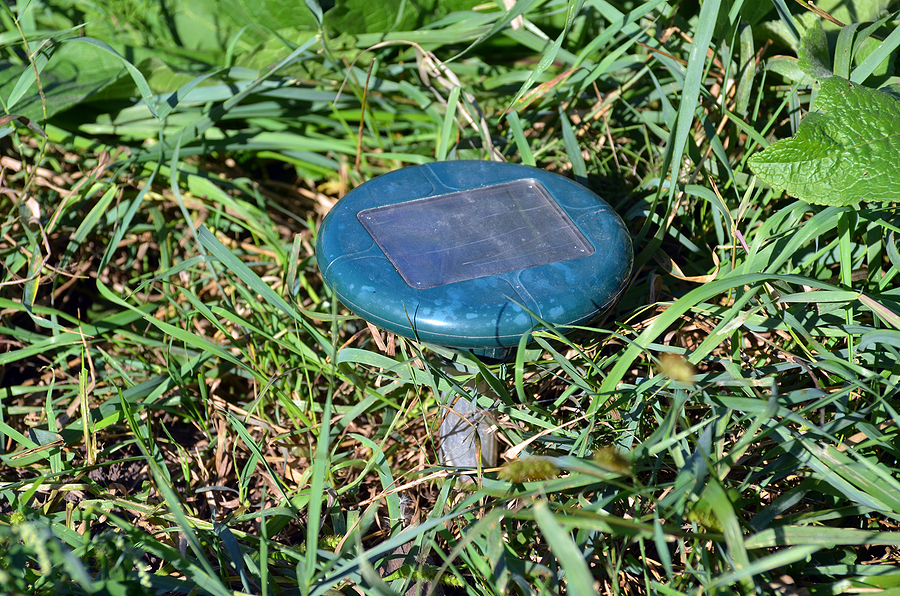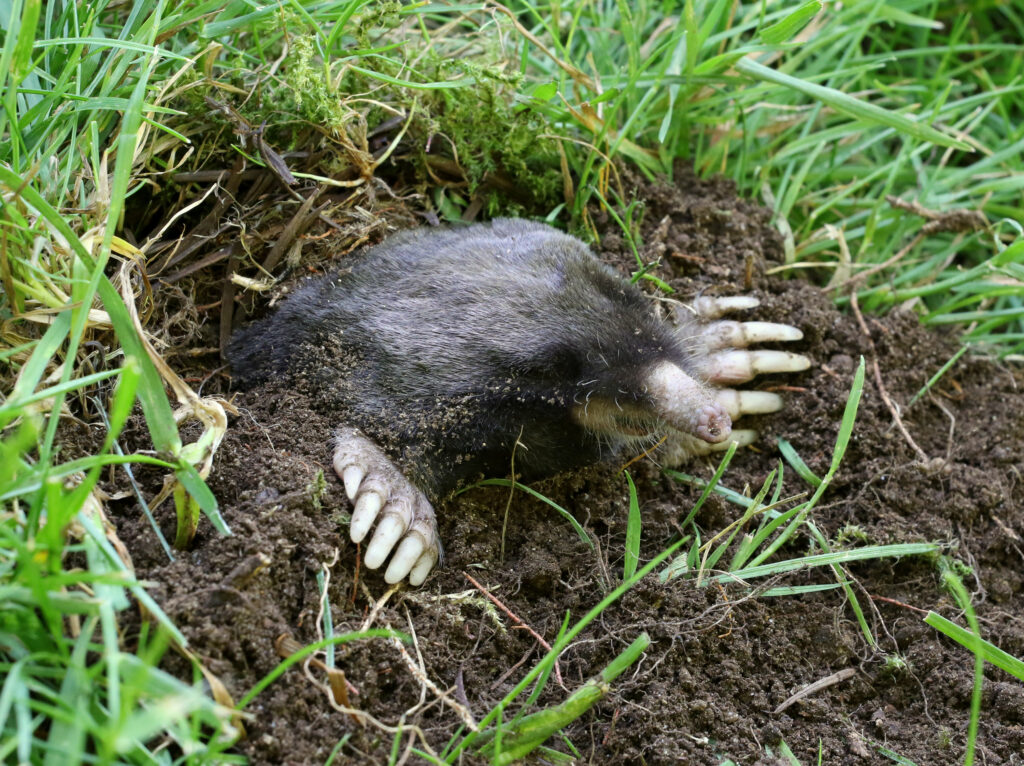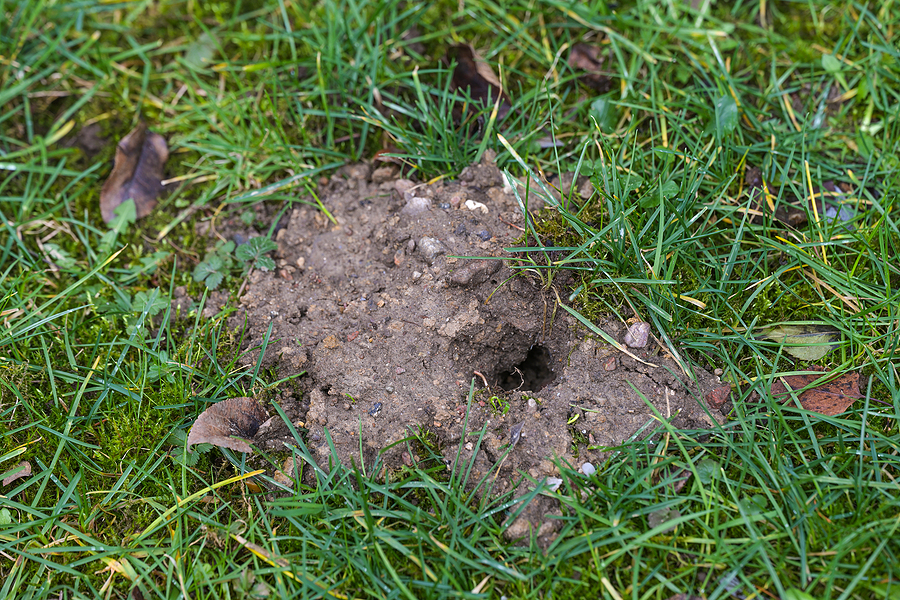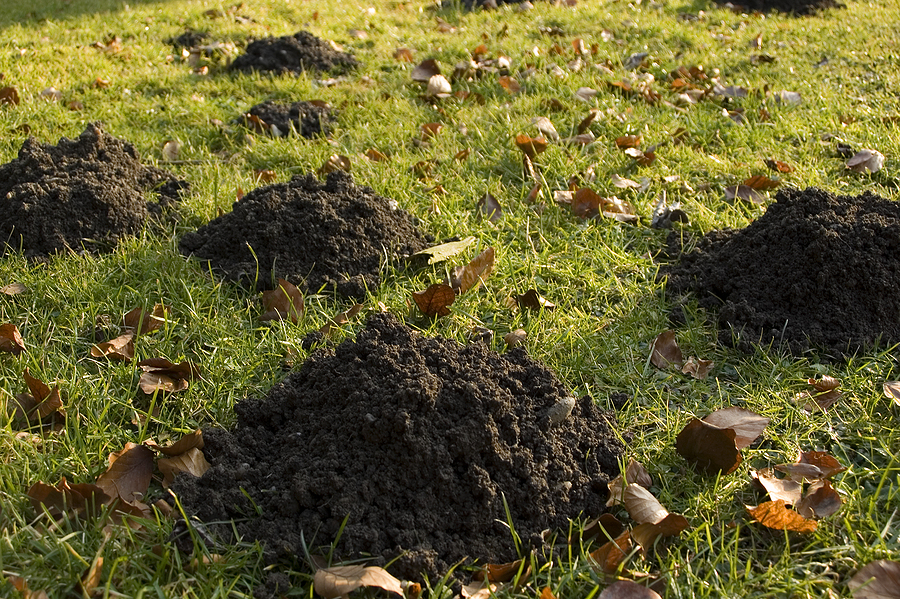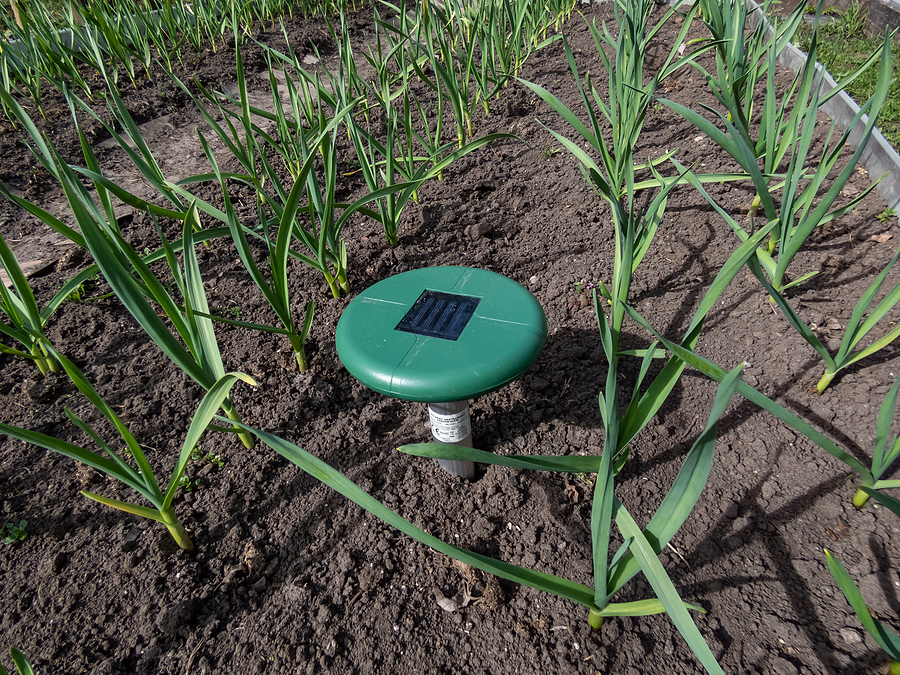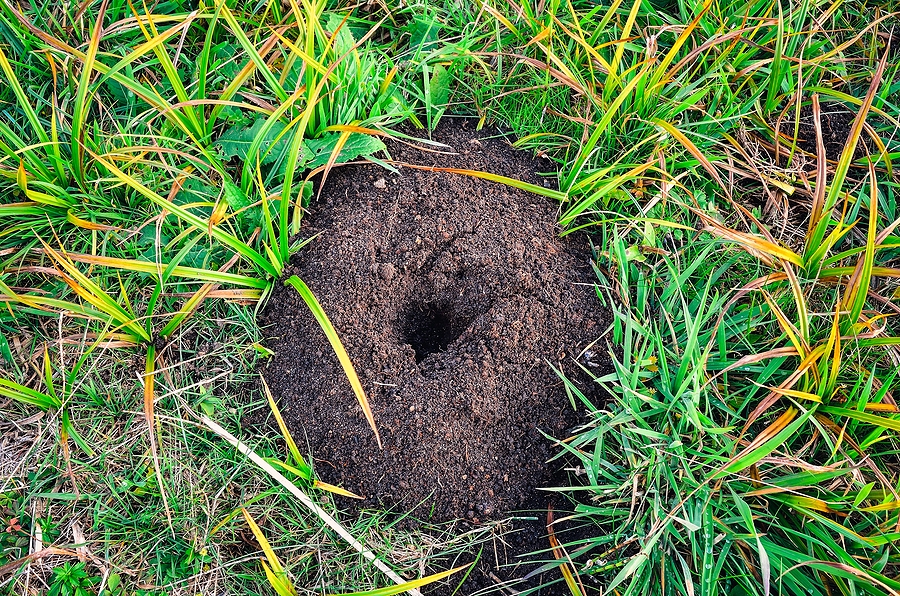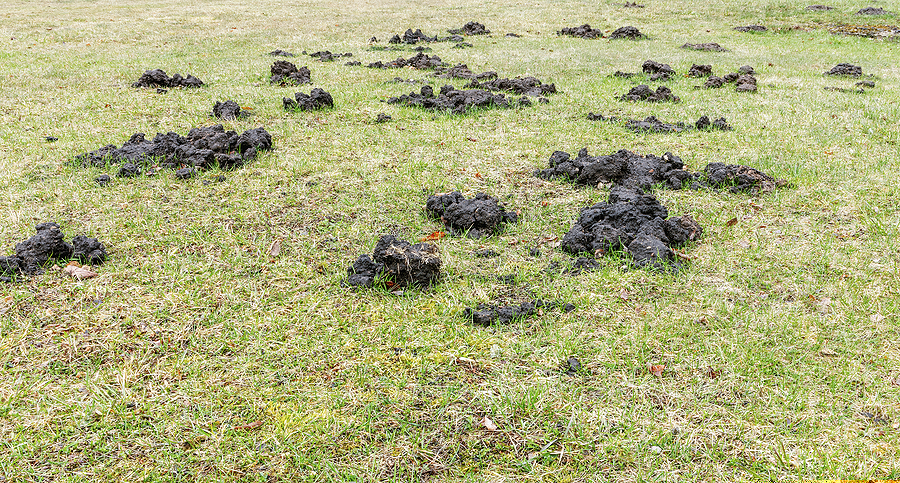Welcome to our comprehensive guide on overcoming the mole invasion in your yard. Moles, while tiny and almost charming in appearance, can wreak havoc on your beautiful lawn, turning it into a maze of unsightly molehills and tunnels.
In this guide, we’ll delve into effective yard mole treatment and removal strategies to regain control over your outdoor space. From understanding mole behavior to exploring various mole control measures, we aim to provide you with the knowledge and tools you need to restore your lawn to its former glory.
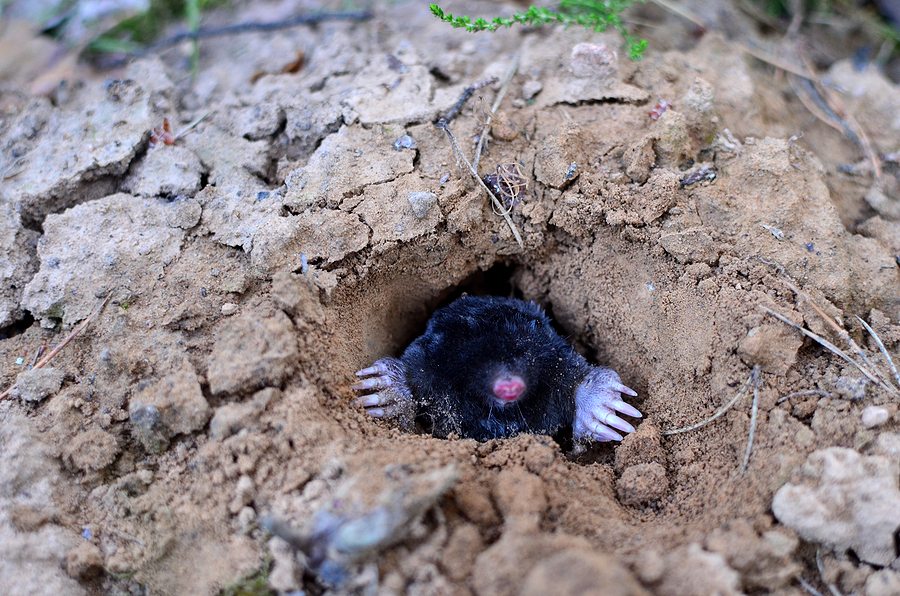
Understanding Mole Behavior
Before we jump into treatment options, it’s essential to understand mole behavior and why they’re so destructive in the first place. Moles are small mammals that live underground and feed on insects, grubs, and earthworms. They have a highly specialized body structure, with large front paws designed for digging tunnels quickly. This makes them excellent hunters and efficient diggers, but it also means they can cause significant damage to your yard in a short amount of time.
Moles are most active during the spring and summer months as they search for food and mates. They tend to create extensive networks of tunnels just below the surface, which can displace large amounts of soil, resulting in those familiar molehills on your lawn. Furthermore, their tunneling can damage plant roots and make it challenging to maintain a healthy lawn.
Effective Yard Mole Treatment Options
Now that we have a better understanding of mole behavior let’s explore some effective yard mole treatment options. The most common methods for controlling moles include trapping, repellents, and home remedies.
Trapping
Trapping is a popular and effective method for removing moles from your yard. There are various types of mole traps available, including spear and harpoon traps, scissor traps, and box traps. It’s essential to follow the manufacturer’s instructions carefully when setting up these traps to ensure they’re placed in high-traffic areas and set correctly.
Repellents
Another way to control moles in your yard is by using mole repellents. These come in the form of granules or sprays and emit a foul odor that repels moles from the treated area. While some people swear by these products, their effectiveness varies, and they may need frequent reapplication for long-term results.
Home Remedies
If you prefer a more natural approach, there are several home remedies for mole control that you can try. These include castor oil, garlic, and red pepper flakes. While they may not be as effective as trapping or repellents, they can act as a deterrent and make your lawn less attractive to moles.
Preventing Future Mole Invasions
Aside from treating existing mole infestations, it’s essential to take preventive measures to avoid future invasions. This includes keeping your lawn well-maintained and free of debris, as this can attract moles looking for food and shelter. You can also install mesh barriers around the perimeter of your yard or use plants that repel moles, such as daffodils and alliums.
In Conclusion
Dealing with a mole invasion can be frustrating and time-consuming, but with the right knowledge and tools, you can effectively control and prevent future infestations. By understanding mole behavior, utilizing effective treatment methods, and taking preventive measures, you can reclaim your yard and keep it free from these pesky creatures. We hope this guide has been helpful in your quest to overcome the mole invasion and restore your beautiful lawn.
Are you interested in getting rid of yard moles with professional approaches that work fast? Contact Mole Miners at 629-277-0933 for TWRA licensed and insured yard mole removal in Nashville, Tennessee. We serve all greater Nashville areas. Request a free estimate, today!
Related Posts:
Mole Infestation: Identifying and Repairing Lawn Damage
Keeping Your Lawn Mole-Free: The Best Ground Mole Repellents
Moles: Unearthing Facts about These Soil Diggers

